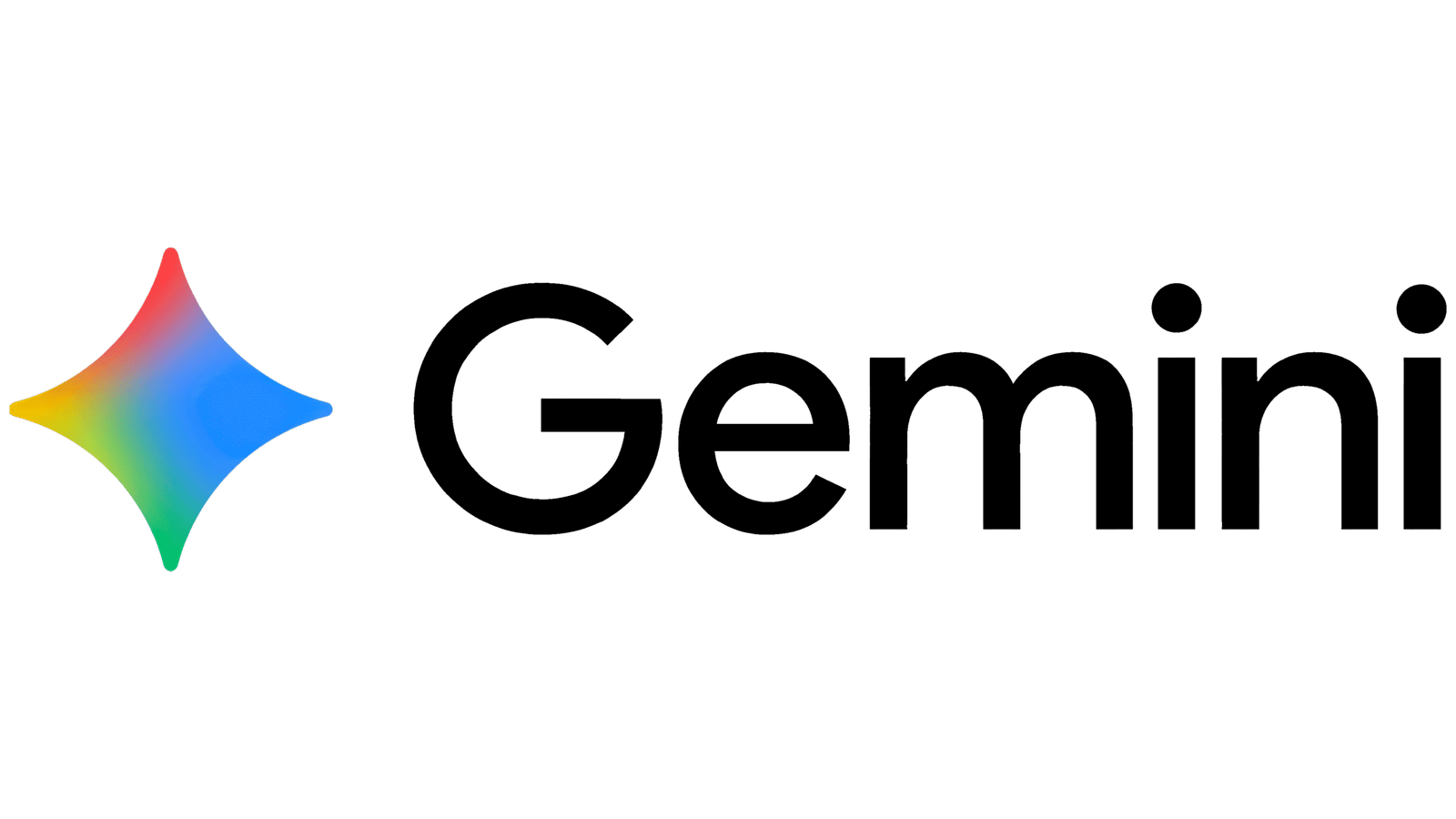Members of the Ethereum R&D group and the Zcash Firm are collaborating on a analysis venture addressing the mixture of programmability and privateness in blockchains. This joint publish is being concurrently posted on the Zcash blog, and is coauthored by Ariel Gabizon (Zcash) and Christian Reitwiessner (Ethereum).
Ethereum’s versatile good contract interface permits a big number of purposes, lots of which have in all probability not but been conceived. The probabilities develop significantly when including the capability for privateness. Think about, for instance, an election or public sale carried out on the blockchain by way of a wise contract such that the outcomes may be verified by any observer of the blockchain, however the person votes or bids will not be revealed. One other potential situation might contain selective disclosure the place customers would have the power to show they’re in a sure metropolis with out disclosing their precise location. The important thing to including such capabilities to Ethereum is zero-knowledge succinct non-interactive arguments of data (zk-SNARKs) – exactly the cryptographic engine underlying Zcash.
One of many targets of the Zcash firm, codenamed Project Alchemy, is to allow a direct decentralized alternate between Ethereum and Zcash. Connecting these two blockchains and applied sciences, one specializing in programmability and the opposite on privateness, is a pure approach to facilitate the event of purposes requiring each.
As a part of the Zcash/Ethereum technical collaboration, Ariel Gabizon from Zcash visited Christian Reitwiessner from the Ethereum hub at Berlin just a few weeks in the past. The spotlight of the go to is a proof of idea implementation of a zk-SNARK verifier written in Solidity, based mostly on pre-compiled Ethereum contracts carried out for the Ethereum C++ shopper. This work enhances Baby ZoE , the place a zk-SNARK precompiled contract was written for Parity (the Ethereum Rust shopper). The updates we have made concerned including tiny cryptographic primitives (elliptic curve multiplication, addition and pairing) and implementing the remaining in Solidity, all of which permits for a larger flexibility and permits utilizing quite a lot of zk-SNARK constructions with out requiring a tough fork. Particulars will likely be shared as they’re obtainable later. We examined the brand new code by efficiently verifying an actual privacy-preserving Zcash transaction on a testnet of the Ethereum blockchain.
The verification took solely 42 milliseconds, which reveals that such precompiled contracts may be added, and the gasoline prices for utilizing them may be made to be fairly inexpensive.
What may be executed with such a system
The Zcash system may be reused on Ethereum to create shielded customized tokens. Such tokens already permit many purposes like voting, (see beneath) or easy blind auctions the place individuals make bids with out the information of the quantities bid by others.
If you wish to attempt compiling the proof of idea, you should utilize the next instructions. For those who need assistance, see https://gitter.im/ethereum/privacy-tech
git clone https://github.com/scipr-lab/libsnark.git cd libsnarksudo PREFIX=/usr/native make NO_PROCPS=1 NO_GTEST=1 NO_DOCS=1 CURVE=ALT_BN128FEATUREFLAGS="-DBINARY_OUTPUT=1 -DMONTGOMERY_OUTPUT=1 -DNO_PT_COMPRESSION=1"lib set upcd ..git clone --recursive -b snark https://github.com/ethereum/cpp-ethereum.gitcd cpp-ethereum./scripts/install_deps.sh && cmake . -DEVMJIT=0 -DETHASHCL=0 && make ethcd ..git clone --recursive -b snarks https://github.com/ethereum/solidity.gitcd solidity./scripts/install_deps.sh && cmake . && make soltestcd .../cpp-ethereum/eth/eth --test -d /tmp/check# And on a second terminal:./solidity/check/soltest -t "*/snark" -- --ipcpath /tmp/check/geth.ipc --show-messages
We additionally mentioned numerous features of integrating zk-SNARKs into the Ethereum blockchain, upon which we now increase.
Deciding what precompiled contracts to outline
Recall {that a} SNARK is a brief proof of some property, and what’s wanted for including the privateness options to the Ethereum blockchain are shoppers which have the power to confirm such a proof.
In all latest constructions, the verification process consisted solely of operations on elliptic curves. Particularly, the verifier requires scalar multiplication and addition on an elliptic curve group, and would additionally require a heavier operation known as a bilinear pairing.
As talked about here, implementing these operations straight within the EVM is simply too expensive. Thus, we might wish to implement pre-compiled contracts that carry out these operations. Now, the query debated is: what degree of generality ought to these pre-compiled contracts intention for.
The safety degree of the SNARK corresponds to the parameters of the curve. Roughly, the bigger the curve order is, and the bigger one thing known as the embedding diploma is, and the safer the SNARK based mostly on this curve is. Then again, the bigger these portions are, naturally the extra expensive the operations on the corresponding curve are. Thus, a contract designer utilizing SNARKs might want to select these parameters based on their very own desired effectivity/safety tradeoff. This tradeoff is one purpose for implementing a pre-compiled contract with a excessive degree of generality, the place the contract designer can select from a big household of curves. We certainly started by aiming for a excessive degree of generality, the place the outline of the curve is given as a part of the enter to the contract. In such a case, a wise contract would be capable of carry out addition in any elliptic curve group.
A complication with this method is assigning gasoline value to the operation. You need to assess, merely from the outline of the curve, and with no entry to a selected implementation, how costly a bunch operation on that curve could be within the worst case. A considerably much less normal method is to permit all curves from a given household. We observed that when working with the Barreto-Naehrig (BN) household of curves, one can assess roughly how costly the pairing operation will likely be, given the curve parameters, as all such curves help a selected type of optimum Ate pairing. This is a sketch of how such a precompile would work and the way the gasoline value could be computed.
We discovered rather a lot from this debate, however finally, determined to “maintain it easy” for this proof of idea: we selected to implement contracts for the particular curve presently utilized by Zcash. We did this through the use of wrappers of the corresponding features within the libsnark library, which can be utilized by Zcash.
Be aware that we may have merely used a wrapper for your entire SNARK verification operate presently utilized by Zcash, as was executed within the above talked about Child ZoE venture. Nevertheless, the benefit of explicitly defining elliptic curve operations is enabling utilizing all kinds of SNARK constructions which, once more, all have a verifier working by some mixture of the three beforehand talked about elliptic curve operations.
Reusing the Zcash setup for brand spanking new nameless tokens and different purposes
As you will have heard, utilizing SNARKs requires a complex setup phase during which the so-called public parameters of the system are constructed. The truth that these public parameters must be generated in a safe method each time we wish to use a SNARK for a specific circuit considerably, hinders the usability of SNARKs. Simplifying this setup part is a vital aim that we have now given thought to, however have not had any success in so far.
The excellent news is that somebody wanting to concern a token supporting privacy-preserving transactions can merely reuse the general public parameters which have already been securely generated by Zcash. It may be reused as a result of the circuit used to confirm privacy-preserving transactions is just not inherently tied to at least one forex or blockchain. Quite, one among its specific inputs is the foundation of a Merkle tree that accommodates all of the legitimate notes of the forex. Thus, this enter may be modified based on the forex one needs to work with. Furthermore, whether it is simple to begin a brand new nameless token. You’ll be able to already accomplish many duties that don’t appear to be tokens at first look. For instance, suppose we want to conduct an nameless election to decide on a most well-liked choice amongst two. We will concern an nameless customized token for the vote, and ship one coin to every voting celebration. Since there isn’t a “mining”, it won’t be potential to generate tokens some other method. Now every celebration sends their coin to one among two addresses based on their vote. The tackle with a bigger ultimate steadiness corresponds to the election consequence.
Different purposes
A non-token-based system that’s pretty easy to construct and permits for “selective disclosure” follows. You’ll be able to, for instance, publish an encrypted message in common intervals, containing your bodily location to the blockchain (maybe with different folks’s signatures to forestall spoofing). For those who use a unique key for every message, you possibly can reveal your location solely at a sure time by publishing the important thing. Nevertheless, with zk-SNARKs you possibly can moreover show that you just have been in a sure space with out revealing precisely the place you have been. Contained in the zk-SNARK, you decrypt your location and verify that it’s inside the realm. Due to the zero-knowledge property, everybody can confirm that verify, however no one will be capable of retrieve your precise location.
The work forward
Reaching the talked about functionalities – creating nameless tokens and verifying Zcash transactions on the Ethereum blockchain, would require implementing different parts utilized by Zcash in Solidity.
For the primary performance, we should have an implementation of duties carried out by nodes on the Zcash community similar to updating the be aware dedication tree.
For the second performance, we want an implementation of the equihash proof of labor algorithm utilized by Zcash in Solidity. In any other case, transactions may be verified as legitimate in themselves, however we have no idea whether or not the transaction was truly built-in into the Zcash blockchain.
Thankfully, such an implementation was written; nevertheless, its effectivity must be improved to be able to be utilized in sensible purposes.
Acknowledgement: We thank Sean Bowe for technical help. We additionally thank Sean and Vitalik Buterin for useful feedback, and Ming Chan for modifying.





